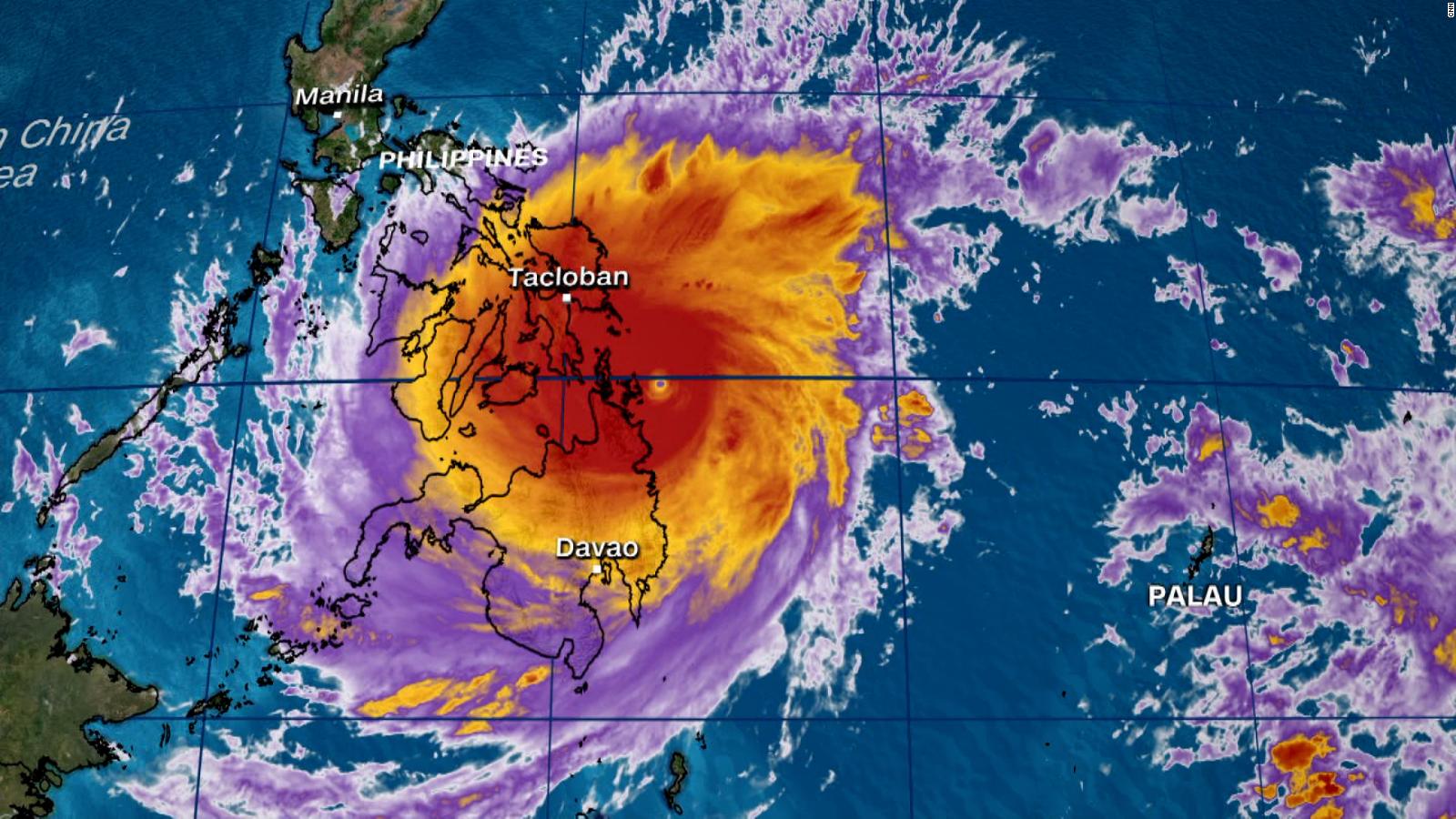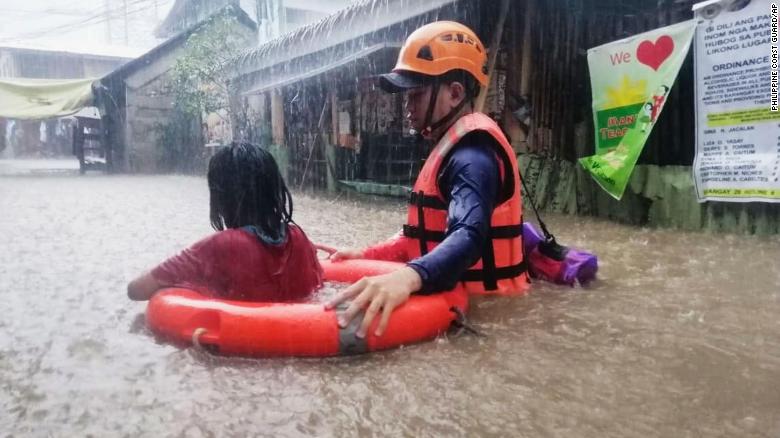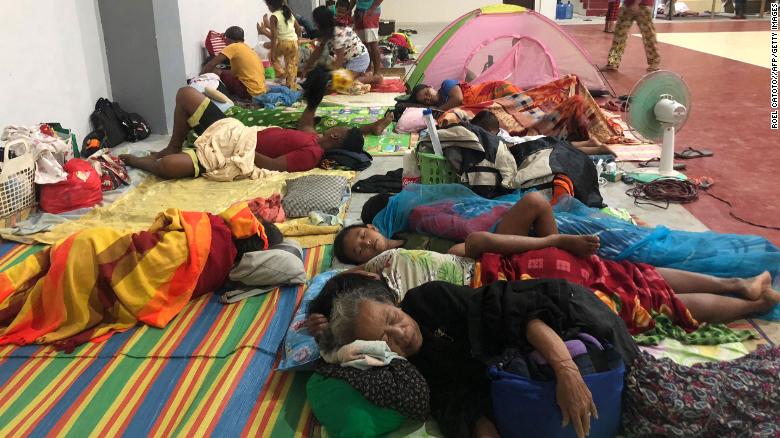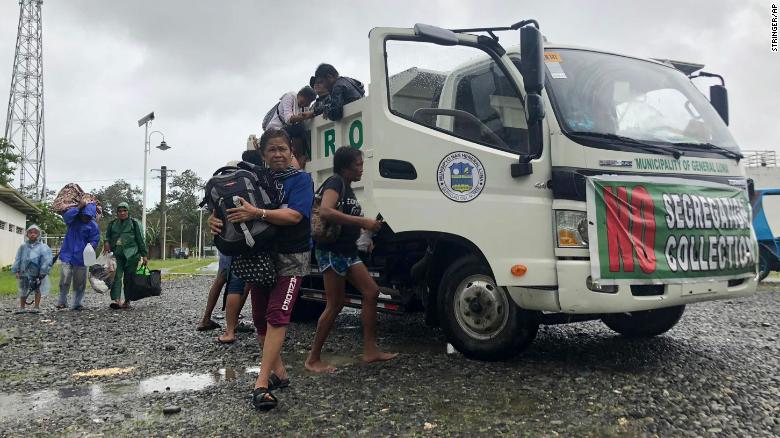
From the Website of CNN NEWS
links: https://edition.cnn.com/2021/12/16/asia/super-typhoon-rai-philippines-intl-hnk/index.html
(CNN)Super Typhoon Rai, known locally as Odette, slammed into the eastern coast of the Philippines on Thursday afternoon, bringing torrential rain and the threat of widespread flooding across the archipelago.
The storm intensified rapidly as it approached the coast, strengthening from a Category 1 to a Category 5 storm in just 24 hours.
By the time it made landfall on Siargao Island, a popular tourist and surfing destination on the central east coast, the storm had reached sustained winds of 260 kilometers per hour (160 miles per hour) with gusts over 300 kilometers per hour (185 miles per hour).
Around 198,000 people have already evacuated from their homes to government shelters, the country's National Disaster Risk Reduction and Management Council (NDRRMC) said on Thursday.
Many preemptive evacuations and storm preparations began earlier in the week as the country began seeing heavy rain. In central Misamis Oriental province, the Agay-ayan River overflowed on Tuesday, flooding streets and homes with muddy brown water.
Humanitarian organizations and aid agencies are also on the ground, working with local authorities to prepare for the storm and assist in evacuations.
Teams from the Philippine Red Cross are spread out across the east coast, helping organize first aid teams, food and water, and supplies such as blankets and safety equipment.
"Filipinos are tough but this Super Typhoon is a bitter blow for millions of people who are still recovering from devastating storms, floods and Covid-19 in the past year," said Philippine Red Cross Chairman Richard Gordon in a news release on Thursday.
Super Typhoon Rai is the 15th storm to hit the country this year -- compounding the struggles of people still recovering. Millions are still rebuilding their homes and livelihoods, especially after several devastating storms late last year, according to the Red Cross.
Typhoons, hurricanes and cyclones -- which are essentially the same weather event but in different parts of the world -- are producing more rainfall, moving more slowly once they make landfall and generating larger storm surges because of climate change.
A recent study by researchers at the Shenzhen Institute of Meteorological Innovation and the Chinese University of Hong Kong said that typhoons in Asia could have double their destructive power by the end of the century. They already last between two and nine hours longer and travel an average of 100 km (62 miles) further inland than they did four decades ago.
CNN Website
Article Links
OTHER HUMAN RIGHTS PROMOTIONS WEBSITES
-------------------------------------------------------------------------------------
THE GLOBAL WORLD PROMOTIONS
-------------------------------------------------------------------------------------
---------------------------------------------------------------------------
--------------------------------------------------------
-------------------------------------------








































0 comments:
Post a Comment